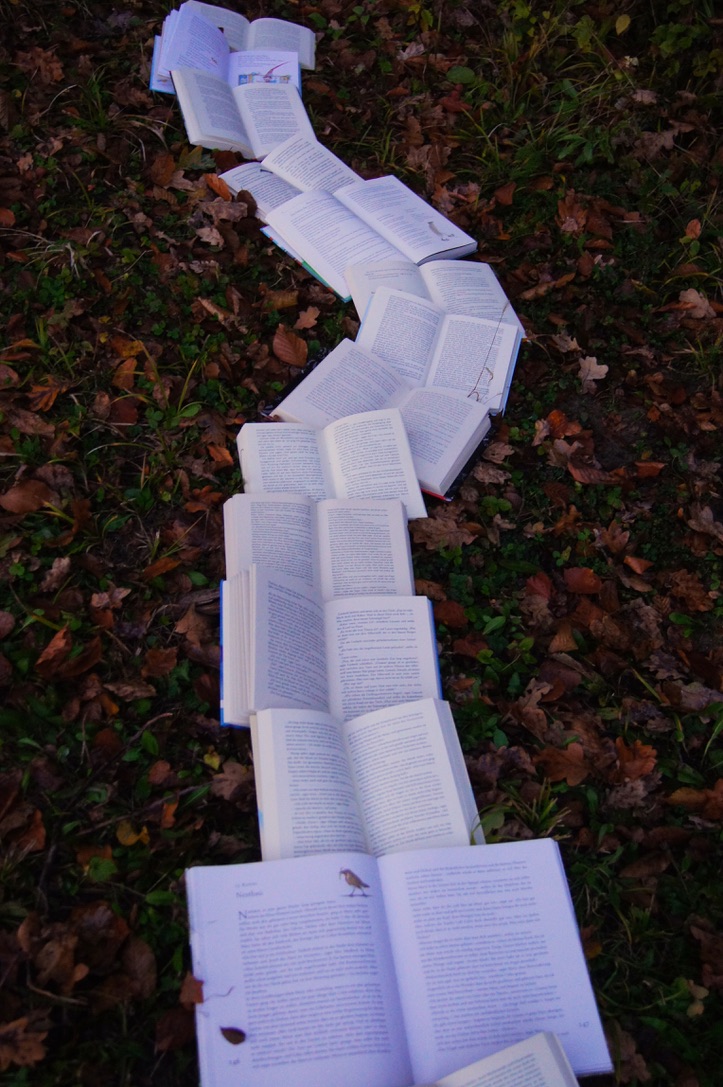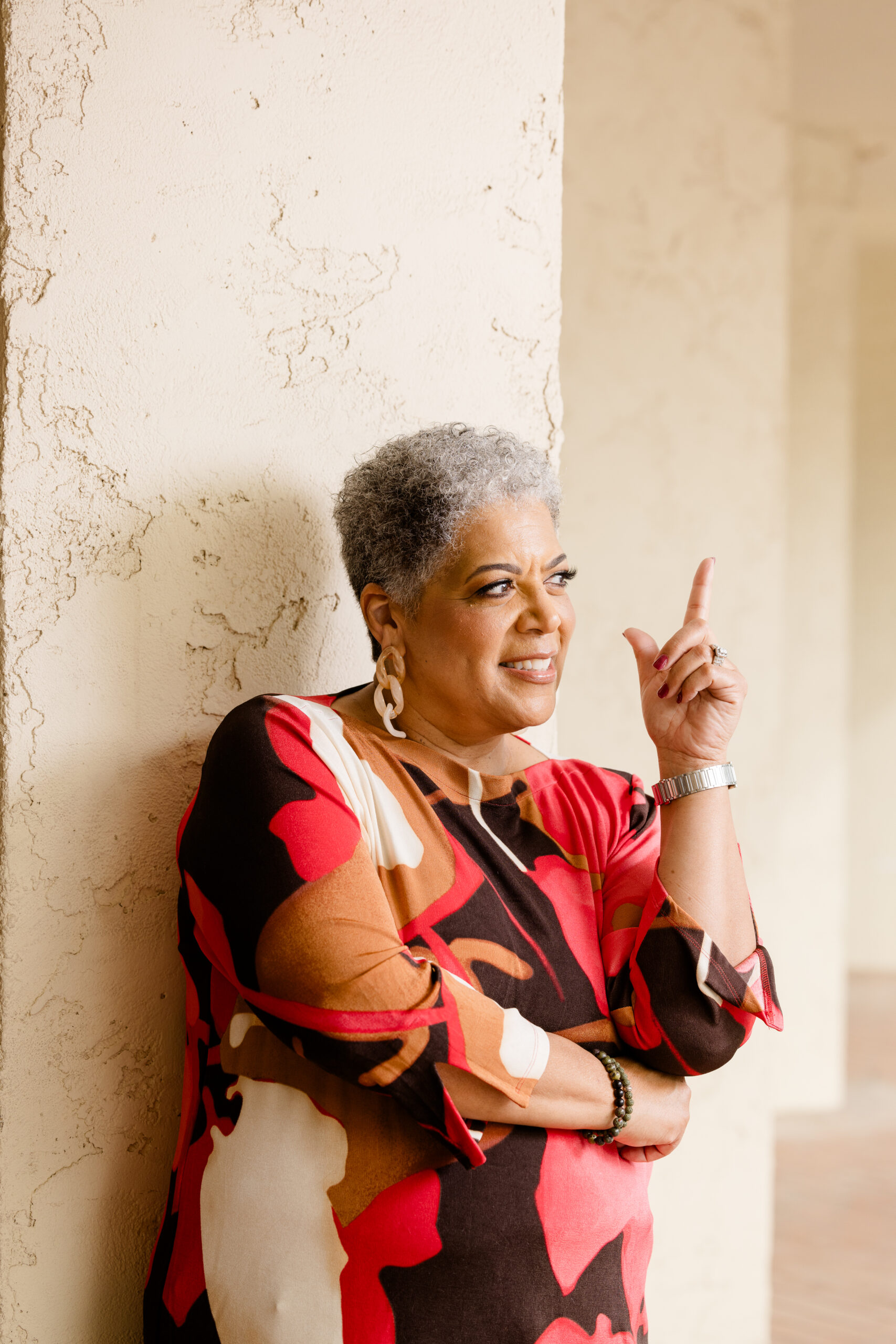

What’s in a book? If you read close enough perhaps you may discover YOU in the text. What makes me cry, laugh, gasp in awe, or wrinkle my forehead when reading a text? I submit, something in the text tickled or assaulted my emotions to the point I am acutely aware I have engaged the text. Somehow, I have become a part of the story itself.
Reader response tells the story; I also propose that reader response is an interpretation, a joint venture between the author and the reader resulting in making meaning of a particular text. Readers insert themselves in the story.
The first things I most often question are, is this true, does this resonate? Do I want to stay along for the ride? The reader and the work come together, a departure from thinking of the work as a self-contained object. No longer can the reading be taken as unbiased and objective as in earlier theories such formalism, or in context like feminism or gender. The latter and the former shape critical analysis, however, reader response criticism is aware of the power of meaning.
In this manner we get to join the story, and therefore become an active partner with the author. Literature theorists suggest, that when this occurs the reader actually becomes the authority on the subject expanding on the literary work to apply many different interpretations at different times. Twentieth century literary critic, Wolfgang Iser explained,
the significance of the work, then, does not lie in the meaning sealed in the text, but in the fact that meaning brings out what had previously been sealed within us.
One can say that literature has life. It is first born and reborn many times over depending on who is reading.
Books are truly beautiful. What’s in a book? YOU beautiful.


